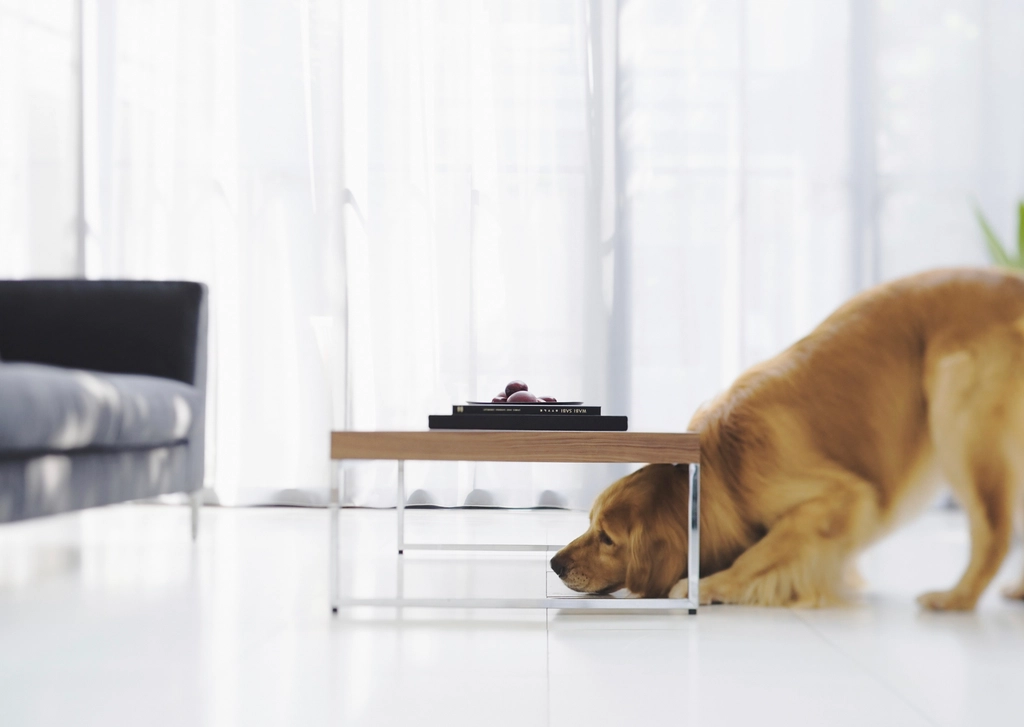Ever notice your dog goes totally wild when the vacuum or blender turns on? You’re not alone—and there’s a good reason for it. These loud, unpredictable noises can be overwhelming for a dog’s super-sensitive hearing, triggering fear or anxiety. To them, a vacuum isn’t just noisy—it’s a strange, moving threat invading their space. Some dogs react by barking or attacking it, while others might run and hide. Understanding this behavior can help you ease their stress and make these noisy moments a bit less chaotic.
The Surprising Sensitivity of Dog Hearing
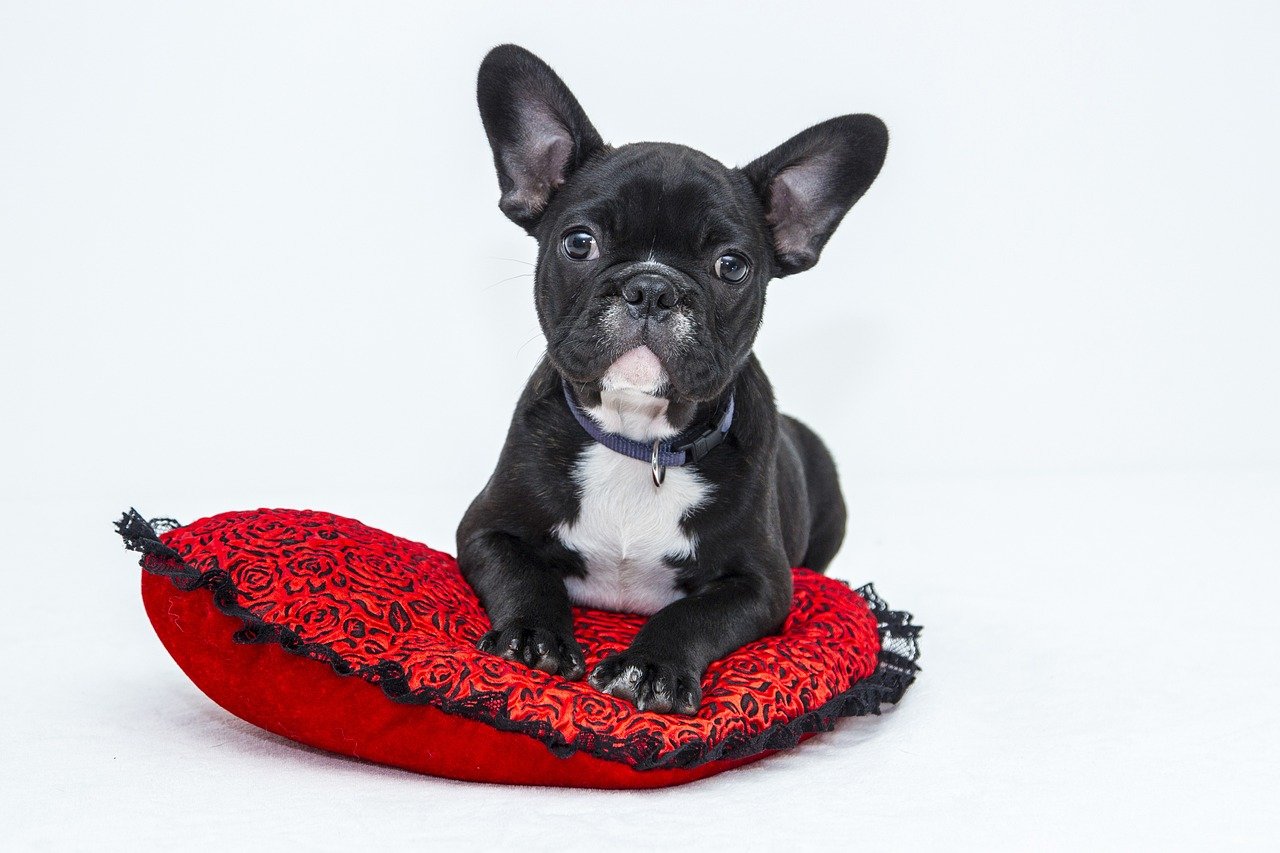
Dogs hear the world in a completely different way than we do. While humans can pick up sounds between 20 Hz and 20,000 Hz, our canine companions can detect frequencies up to 65,000 Hz. This means noises that seem like a low hum to us can be painfully loud or even shrill to a dog. Appliances like vacuums and blenders often emit high-pitched sounds and rapid vibrations that are right in the “ouch” zone for canine ears. Imagine someone suddenly blasting a foghorn next to you—that’s what a vacuum might feel like for your dog. No wonder they react so strongly.
The Monster in the Living Room: Instinctive Fear
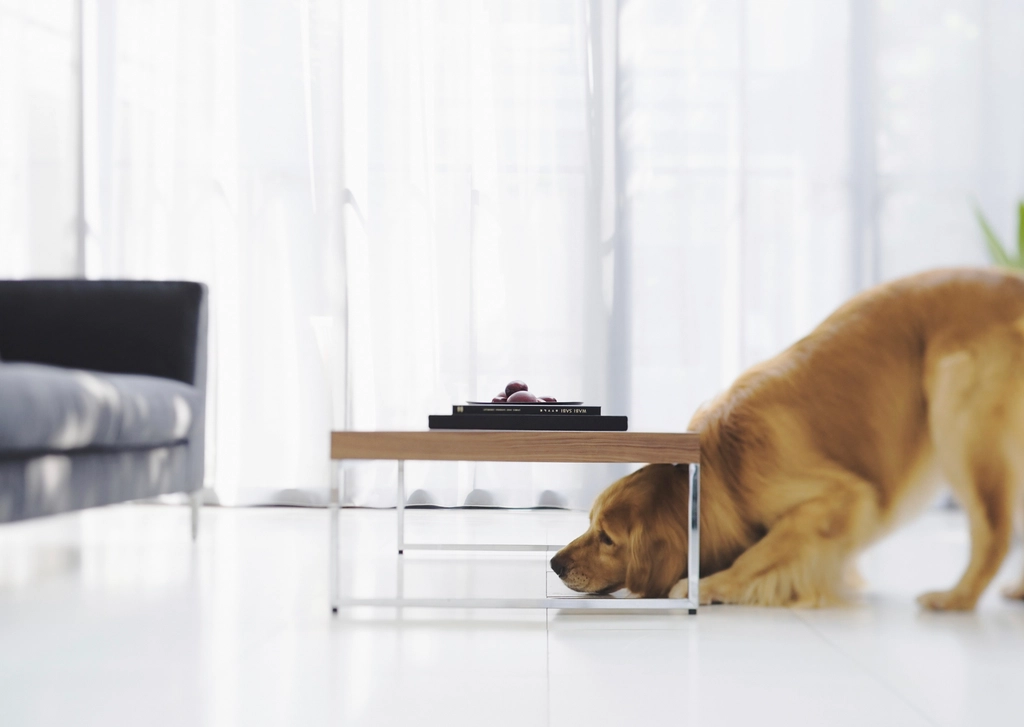
From your dog’s perspective, a vacuum or blender is basically a noisy, unpredictable monster that suddenly appears and starts thrashing around. Dogs are naturally cautious of anything that moves erratically or makes strange sounds—traits that kept their ancestors safe from predators. The vacuum’s movements, combined with its roar, trigger an instinctive fear response. It’s not just about the noise; it’s about the whole unsettling package. Some dogs may bark, others run and hide, but almost all are on high alert.
Fight or Flight: The Adrenaline Rush
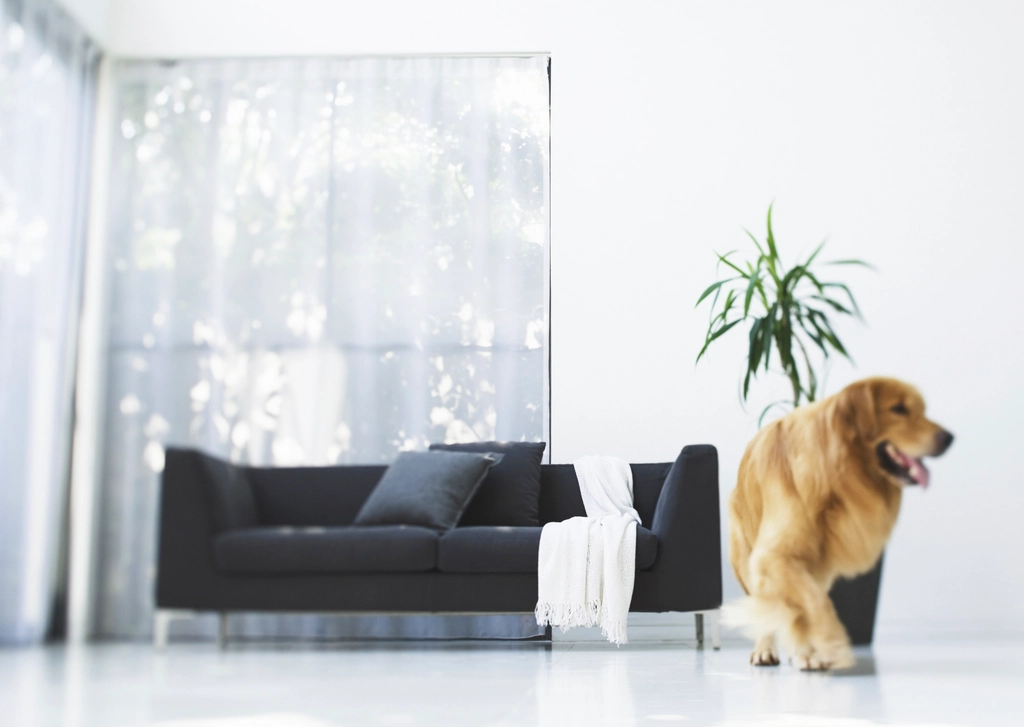
When a dog perceives a threat, their bodies shift into “fight or flight” mode. You might notice your dog’s hackles rising, tail stiffening, or their body crouching low. Their heart rate spikes, adrenaline floods their system, and they’re suddenly ready to defend their territory—or dash for safety. The sudden, loud whir of a blender or vacuum can spark this primal reaction in seconds. It’s not a conscious decision; it’s hardwired into their DNA.
Early Experiences Shape Reactions
Just like people, dogs are shaped by their early life experiences. If a puppy’s first encounter with a vacuum was terrifying or overwhelming, that fear can stick with them into adulthood. On the other hand, dogs exposed to household noises in a calm, gradual way often become less reactive. Imagine a puppy hearing the blender while safely snuggled in your arms, versus being startled by it when home alone. Positive or negative, those first impressions matter a lot.
Barking as Communication

Barking is a dog’s main way of saying, “Hey, something’s not right!” When a vacuum or blender starts up, they may bark to alert you to the “danger.” In their mind, they’re being helpful—maybe even heroic. Some dogs will also bark because they’re frustrated or anxious and don’t know what else to do. It’s their version of yelling, “Stop it!” or “Help!” This noisy protest is hard for us to ignore, which is exactly the point.
Protecting the Pack: Guarding Instincts
Dogs are natural protectors. Many breeds have been developed over centuries to guard their family and home. When the vacuum or blender appears, your dog might see it as an intruder threatening their pack. Their barking, charging, or circling is their way of standing guard. Even the calmest lapdog can suddenly turn into a pint-sized warrior when they think their people are under attack from the “machine monster.”
Vibrations and the Fear Factor
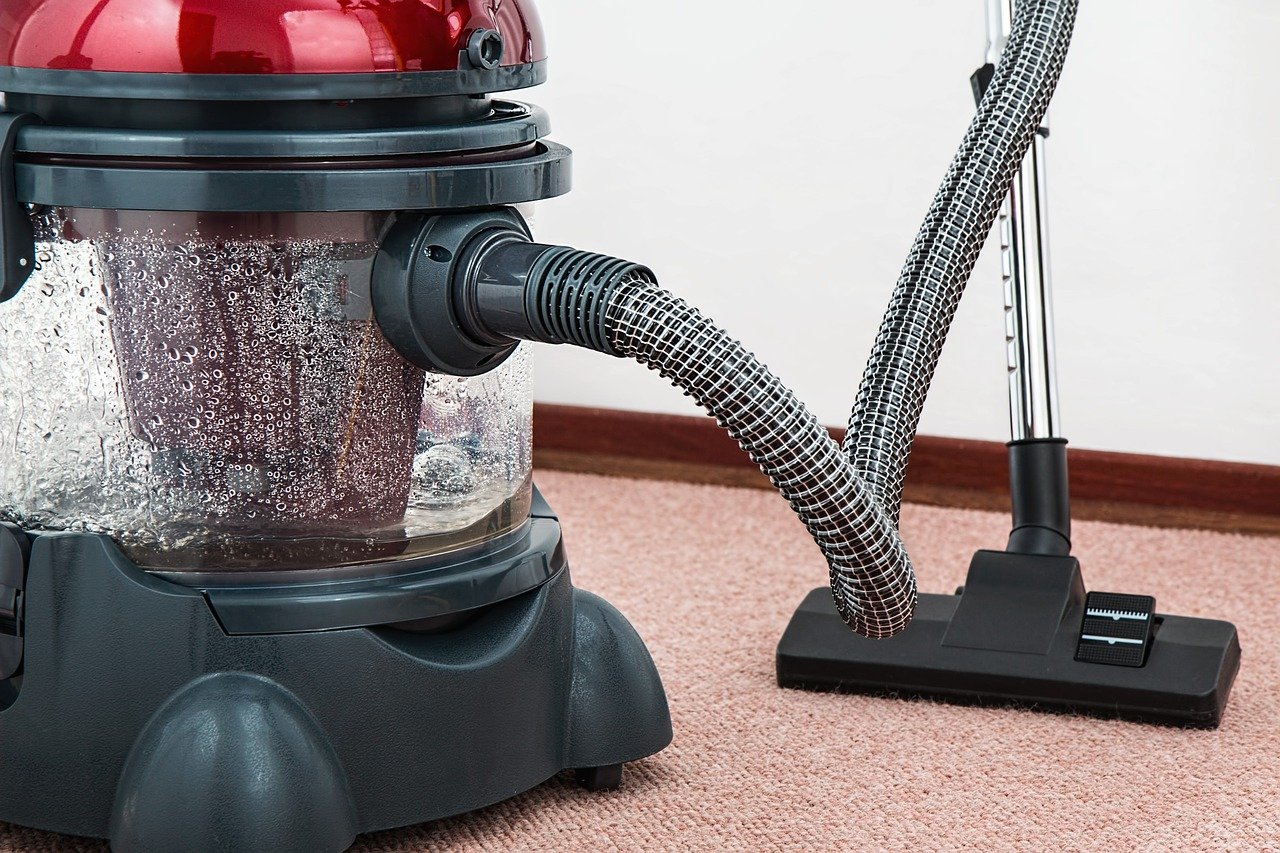
It’s not just the sound that spooks dogs—vibrations play a big role too. Vacuums in particular send odd tremors through floors and carpets. Dogs, with their sensitive paw pads, feel these vibrations intensely. Imagine feeling an earthquake every time you cleaned the house! For some dogs, these strange sensations are just as unsettling as the noise, making the whole experience doubly frightening.
Blenders, Not Just Vacuums: Kitchen Chaos
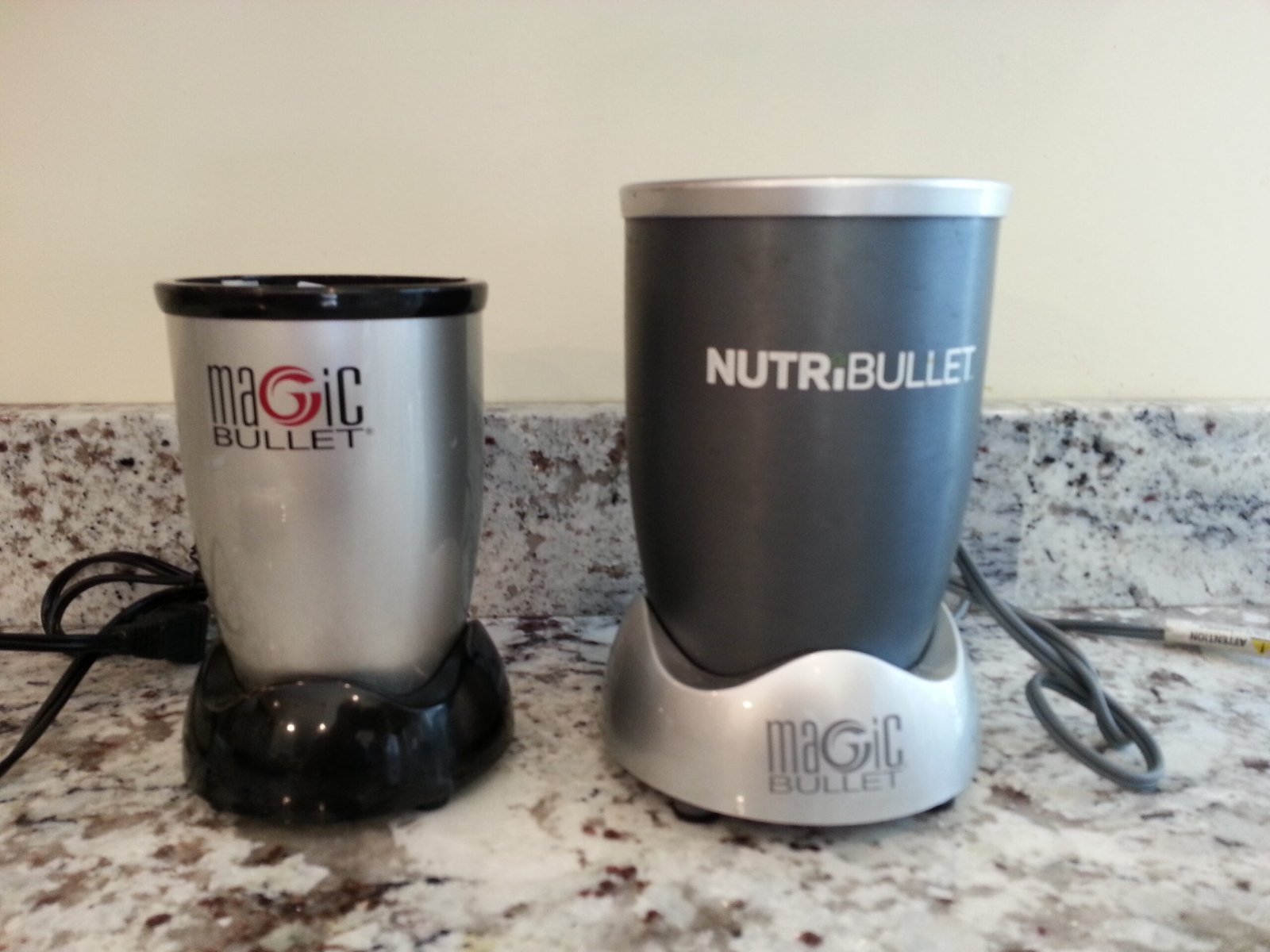
Blenders might seem less scary than vacuums, but for some dogs, they’re just as bad—maybe even worse. The sudden, high-pitched whirring of a blender often comes out of nowhere and can sound like an electronic screech to canine ears. Unlike the vacuum, which moves around, the blender is stationary, which can be confusing and make it harder for dogs to figure out how to react. The kitchen, usually a place of tasty smells and happy times, suddenly becomes a source of chaos.
Visual Triggers: Moving Parts and Bright Lights
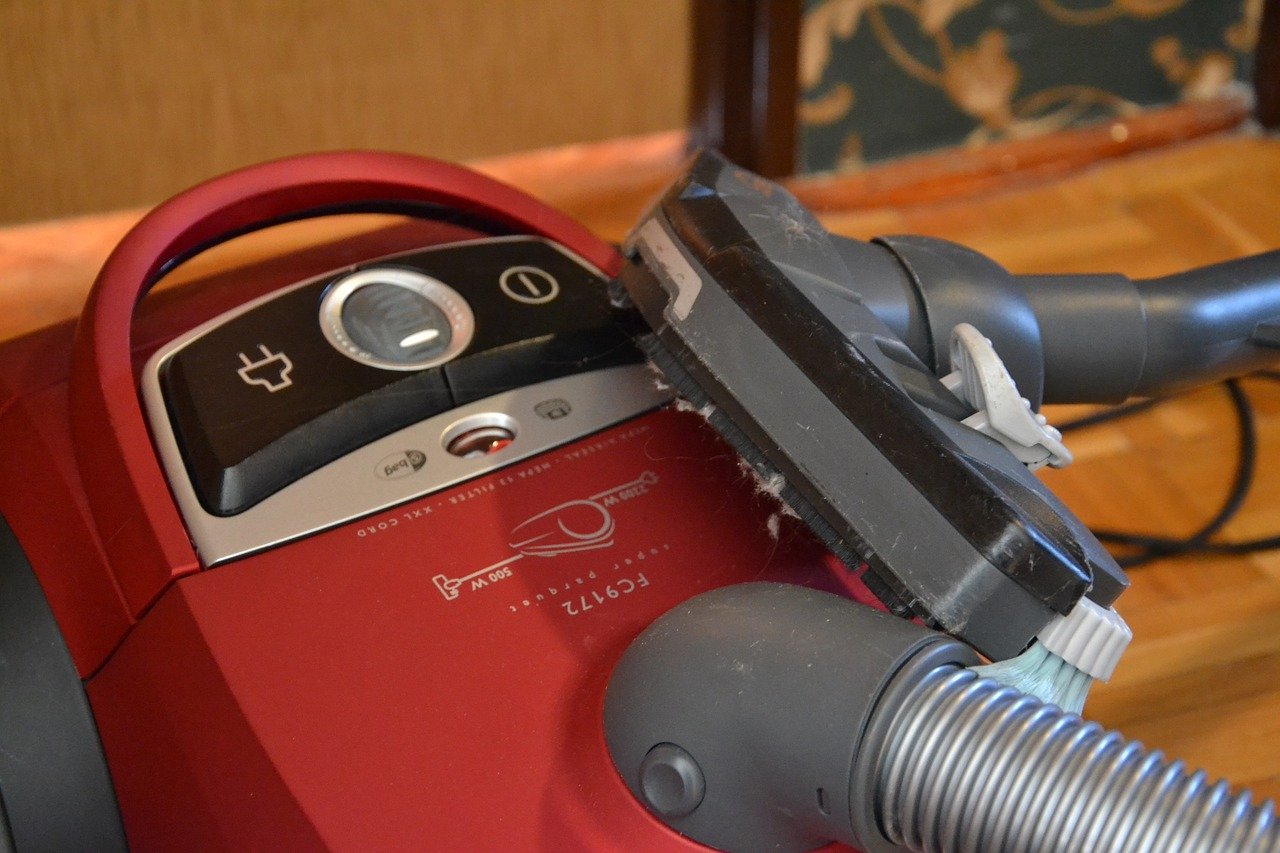
Dogs are highly visual creatures. The spinning brushes of a vacuum or the flashing blades of a blender can catch their eye and add to the confusion. Rapid, unpredictable movement is often interpreted as dangerous in the animal world. Combine startling sights with scary sounds, and you get a recipe for canine panic. It’s like watching a horror movie with the volume turned up to max.
Copycat Behavior: Learning From Humans

Believe it or not, dogs often pick up on their humans’ reactions. If you tense up, sigh, or act annoyed every time you clean, your dog will notice. Dogs are masters at reading body language. If you treat the vacuum or blender as something stressful, your dog is more likely to do the same. On the flip side, if you act calm and unconcerned, your dog might eventually take your lead and relax a little more.
Desensitization: Can Dogs Learn to Cope?
The good news for dog owners is that most dogs can learn to tolerate, or even ignore, the vacuum and blender with the right training. The process is called desensitization. It involves exposing your dog to the scary appliance at a low intensity, rewarding them for calm behavior, and slowly building up their tolerance. Over time, many dogs learn that these noisy machines aren’t so bad after all. Patience and treats go a long way.
Creating a Safe Space
One way to help your dog cope with vacuum and blender anxiety is to create a safe, quiet space for them to retreat to. This could be a cozy bed in another room, a crate with a favorite toy, or even just a spot where they feel secure. Some dogs prefer to watch from afar, while others want to hide until the noise is over. Respecting your dog’s comfort zone can make a big difference in how they handle household chaos.
When to Get Professional Help

Sometimes, a dog’s fear of vacuums and blenders goes beyond normal anxiety. If your dog is so frightened that they panic, hurt themselves, or refuse to come out long after the noise is over, it may be time to consult a professional trainer or a veterinary behaviorist. Severe noise phobias can be managed with specialized techniques or, in some cases, medication. No dog should have to live in constant fear of cleaning day or smoothie hour.
So next time your dog freaks out over the vacuum or blender, remember—it’s not just noise, it’s stress. Their reactions come from confusion, fear, or even a desire to protect their space. With a little patience, training, and maybe some treats, you can help them stay calm during those noisy moments. It’s all about understanding their world—and making it feel a little safer. That’s the curious world of dogs versus household appliances—full of instinct, emotion, and a little bit of chaos.
Jen is a passionate nature lover and ocean conservationist. She has dedicated her life to protecting the environment and preserving the beauty of the natural world. Growing up in a small coastal town, Jen sincerely appreciated the ocean and its inhabitants. She has spent countless hours exploring the shoreline, learning about the creatures that inhabit the waters, and advocating for their protection. Jen is an active member of ocean conservation organizations, and she is committed to educating the public about the importance of conserving wildlife and the natural environment.

